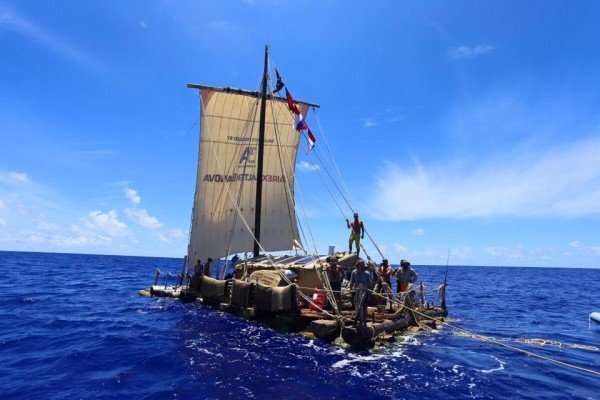When 14 adventure seekers were forced to call it quits earlier this year half-way through their return voyage on bolsa kon-tiki rafts from Easter Island to Peru, the expedition made world headlines.
But it was not the type of headline news for which crew leader Torgeir Higraff had hoped. The Norwegian historical anthropology had been planning and raising money toward the voyage for the better part of 10 years.
He studied trade winds and ocean currents at different times of year and chose when to embark at just the right time for the square sails on the balsa wood rafts to have the most effect. The goal was to recreate historic journeys by early Mayan cultures believed to have traveled from Peru and Easter Island in Polynesia.
RELATED: Crew Recreating Raft Journey Rescued Safely
In 1947, another Norwegian adventurer, Thor Heyerdahl, attempted a similar voyage on a balsa wood raft that was chronicled in a world-renowned documentary. Heyerdahl not only pioneered adventure film-making but also experimental anthropology in one fell swoop.
The legacy of Heyerdahl’s journey had a profound effect on Torgeir Higraff at a young age, so much so in fact that he has spent much of his life retracing the legendary adventurer’s path.
In launching the Kon-Tiki 2 expedition Higraff was following up on a similar trip 10 years previous on balsa rafts from Peru to Tahiti with six friends. This time he called on people with all different skill sets, 24 in all from sailors to scientists and engineers. What he received were 700 applicants from nationalities all over the world.
One of those who considered joining the trip was Les Stroud, star of the Survivorman television series, but it was not possible with his schedule. Stroud did, though, help Higraff harvest the balsa trees in Ecuador, which they used for the raft.
“There Les and I stepped into bullet ants and snakes like fer-de-lance and coral,” Higraff said. “Then we floated the logs to the coast like the coastal Indians did in ancient times.”
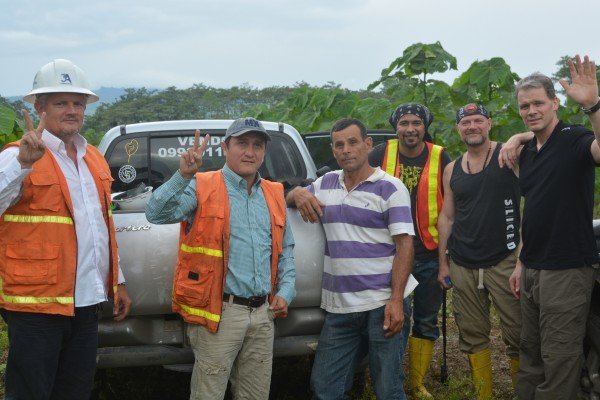
A goal of the expedition, aside from proving the historic return trip possible, was to gather scientific data on ocean temperatures, conditions and pollution. So they were equipped with some modern devices and solar panels to power them along with modern safety equipment and communication, but beyond that, they sailed as if they were in the 15th century.
The theory spearheaded by Heyerdahl is that the large statues on Easter Island are a reflection of its pre-Columbian native American inhabitants who clashed with the locals in a documented power struggle.
Higraff talked about the difficulties of the voyage, his sense of accomplishment and what they plan to do with the footage in an in-depth interview with LiveOutdoors. We caught up to the adventure seeker over Skype from his home in Heggedal, Norway.
Calling for a rescue, he said, was a profound disappointment.
For more, follow Kon-Tiki 2 on Facebook here.
LO: What happened out there? Was that a hard decision to actually call for help?
Torgeir: Yes, because for two years before, I had been studying the winds in this area. Every day I took notes of the wind and the currents. This year it was nothing like it. We couldn’t find the westerly winds that could bring us to South America, even at 42 degrees latitude south we couldn’t find good wind. Slowly the rafts were tearing apart. We expected to spend nine weeks out there, but after nine weeks we were only half way.
We expected to spend nine weeks out there, but after nine weeks we were only half way.
So that of course is very hard for the motivation and the team spirit. We had some discussions about whether we should go on or not. Is this really worth it? We didn’t have much sleep either the last couple of weeks. There was water everywhere. During the night we had waves coming into the cabin. And the cabin was a complete mess. So in this situation I made the decision we needed to do a controlled… instead of waiting for the mast to break or the raft to fall apart we called the armada for help. That wasn’t a hard decision in that way, but for me who has been working on this project for such a long time it was a huge disappointment of course.
LO: Do you think you’ve still proven your thesis, that it can be done?
Torgeir: I think so. In a normal weather situation with the westerlies blowing 8 out off 10 days we could do it. But we had good wind only three out of 10 days, probably because of the strrong El Nino season this year.
LO: It’s been a little more than a month since you’ve returned from the trip. What are you up to now? Are you putting together a documentary film?
Torgeir: Yes, we are trying to make a documentary out of all the footage. Now we are sorting the footage and getting money for the documentary. Hopefully you will see it next year.
LO: The original film was so famous by Thor Heyerdal. Do you think you can live up to that?
Torgeir: The KonTiki is like an icon, the documentary, also the book was world famous. I think it sold 70 million copies worldwide.
LO: And in those days that was sort of the first glimpse of this sort of adventure. Is that something that captivated you as a young person?
Torgeir: Absolutely! I was reading the book about Kon-Tiki as a teenager. Form that moment I was abosoutly sure I wanted to do something similar. But that was just a dream. Later I studied Latin American history and kind of followed the footsteps of Thor Heyerdall, also trying to improve on his kon-tiki, because his kon-tiki couldn’t steer. It was only drifting toward the reefs in Polynesia. So I knew form my work in Peru and Ecuador that these rafts were much more capable of voyaging, that they actually were a sea culture on the coast of Peru and Ecuador.
LO: So there is evidence that they had the ability to steer their rafts in the same way that you did?
Torgeir: yes, absolutely. Like the Vikings, they were a maritime people working their cultures based on fish and trade along the coast with balsa wood rafts and reed ships. So this was my way of contributing to the heritage of Heyerdahl and all the other people who founded this branch of study called experimental archeology.
LO: Have you done anything else like this before?
Torgeir: Yes I have been in the polar region with Inuits making dog sled journeys the same way they did 1,000 years ago. So I like the old way of travelling.
LO: What do you get out of doing that of thing? I’m sure you gain a profound appreciation for those who came before.
Torgeir: This is a culture that is slowly dying. In Peru the balsa raft culture has disappeared. In the northern region the polar Eskimos are the only people who know how to bring forward the way of surviving in the ice like they did for 7,000 years. So my motivation is scientifically, social anthropology. That’s my interest, but of course when it comes to this raft, it’s an amazing adventure!
LO: So what’s next? Are you planning a new trip?
Torgeir: I don’t know right now. It’s not that easy, because we spent a huge amount of money on this Kon-tiki 2, it will take many years to launch something like it again. But yea, for sure, interesting things are still left to do. For instance, I would like to see if it’s possible to sail from Ecuador to Mexico and return. Then you can replicate the old trade routes from South America to Mexico. So there are many projects that should be tested.
Kon-Tiki2
-
Kon Tiki2
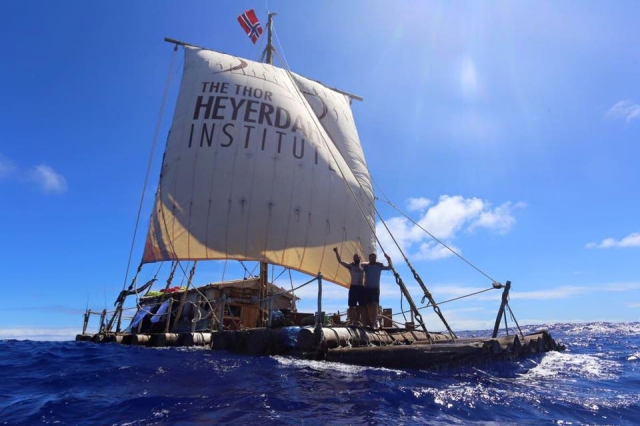
Set out to prove that South Americans in the 14th century traveled to Easter Island and back, a group of adventurers set out on balsa wood rafts just like they would have in the 14th century.
Courtesy Kon-Tiki2 and Torgeir Higraff Facebook @KonTiki2
-
Kon Tiki2
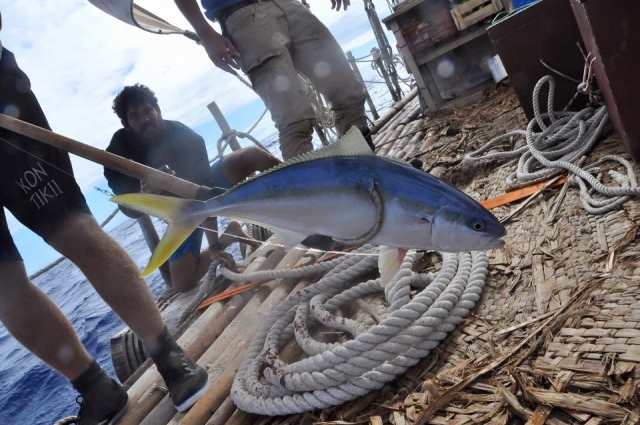
Courtesy Kon-Tiki2 and Torgeir Higraff Facebook @KonTiki2
-
Kon Tiki2
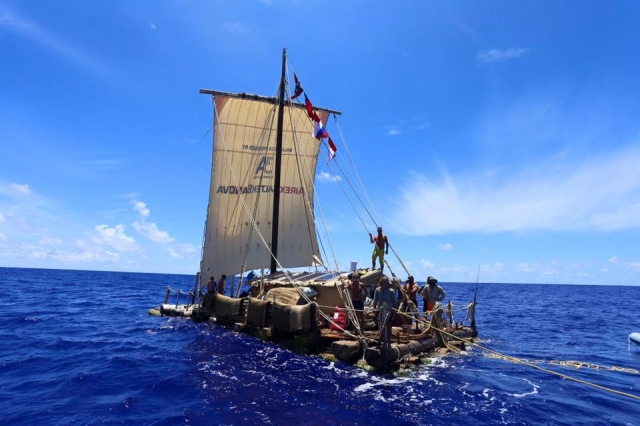
Courtesy Kon-Tiki2 and Torgeir Higraff Facebook @KonTiki2
-
Kon Tiki2
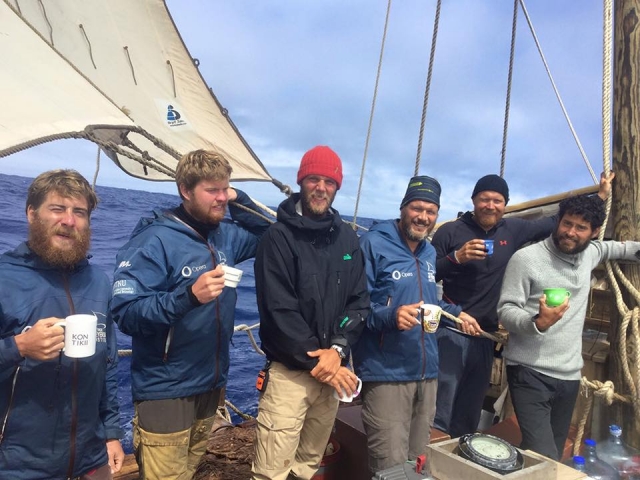
Courtesy Kon-Tiki2 and Torgeir Higraff Facebook @KonTiki2
-
Kon Tiki2
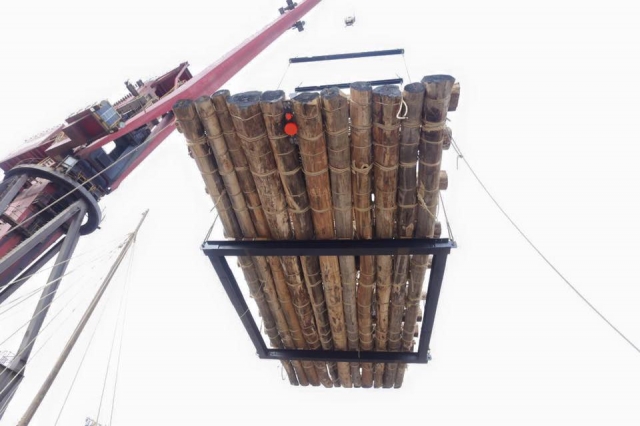
Courtesy Kon-Tiki2 and Torgeir Higraff Facebook @KonTiki2
-
Kon Tiki2
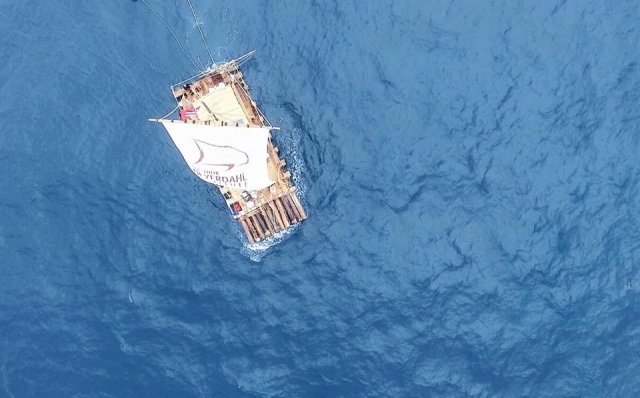
Courtesy Kon-Tiki2 and Torgeir Higraff Facebook @KonTiki2
-
Kon Tiki2

Courtesy Kon-Tiki2 and Torgeir Higraff Facebook @KonTiki2
-
Kon Tiki2

Courtesy Kon-Tiki2 and Torgeir Higraff Facebook @KonTiki2
-
Kon Tiki2
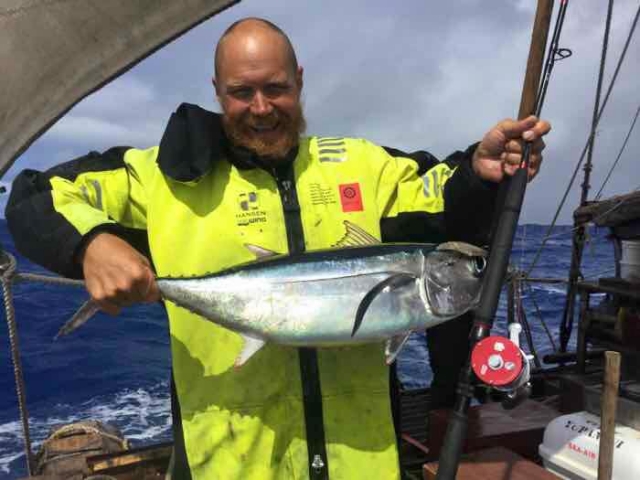
Courtesy Kon-Tiki2 and Torgeir Higraff Facebook @KonTiki2
-
Kon Tiki2

Courtesy Kon-Tiki2 and Torgeir Higraff Facebook @KonTiki2
-
Kon Tiki2
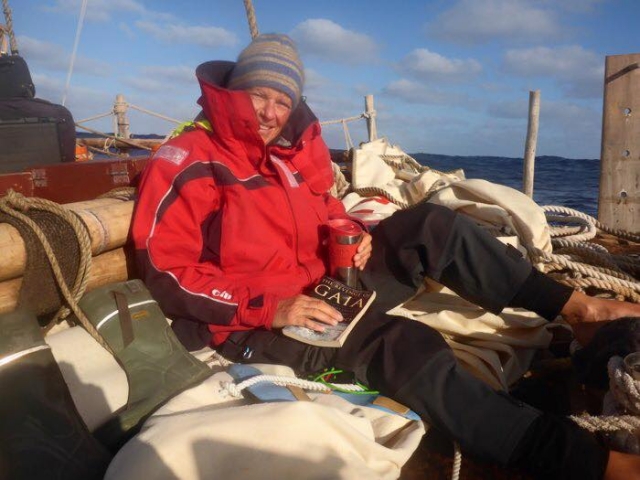
Courtesy Kon-Tiki2 and Torgeir Higraff Facebook @KonTiki2
-
Kon Tiki2
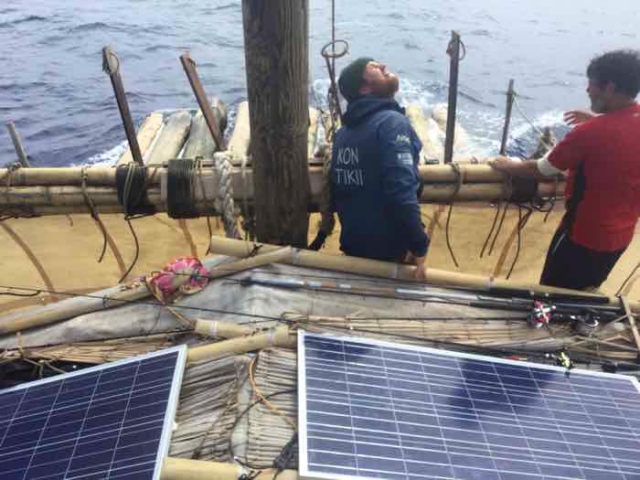
Courtesy Kon-Tiki2 and Torgeir Higraff Facebook @KonTiki2
-
Kon Tiki2
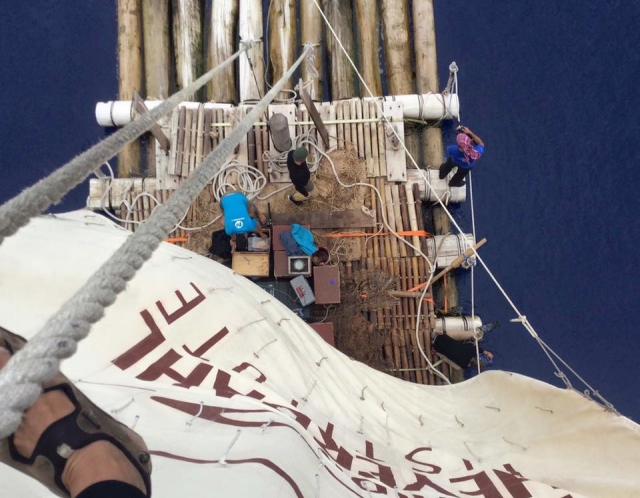
Courtesy Kon-Tiki2 and Torgeir Higraff Facebook @KonTiki2
-
Kon Tiki2

Courtesy Kon-Tiki2 and Torgeir Higraff Facebook @KonTiki2
-
Kon Tiki2
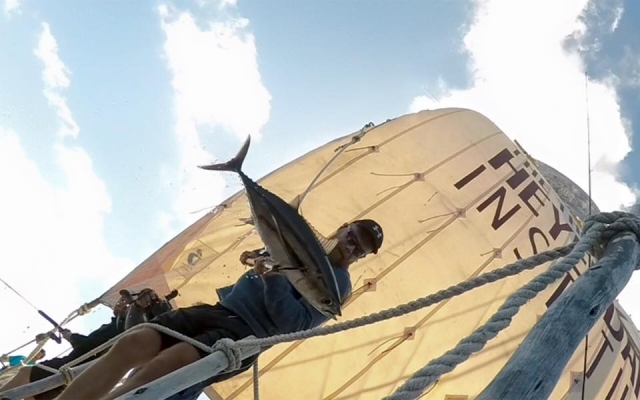
Courtesy Kon-Tiki2 and Torgeir Higraff Facebook @KonTiki2
-
Kon Tiki2

Courtesy Kon-Tiki2 and Torgeir Higraff Facebook @KonTiki2
-
Kon Tiki2
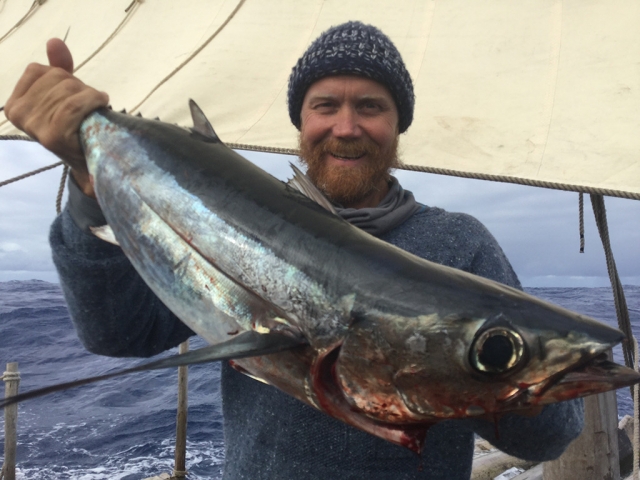
Courtesy Kon-Tiki2 and Torgeir Higraff Facebook @KonTiki2
-
Kon Tiki2
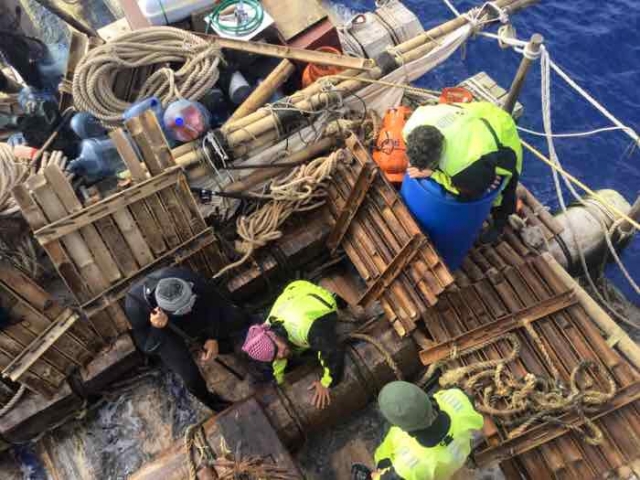
Courtesy Kon-Tiki2 and Torgeir Higraff Facebook @KonTiki2
-
Kon Tiki2
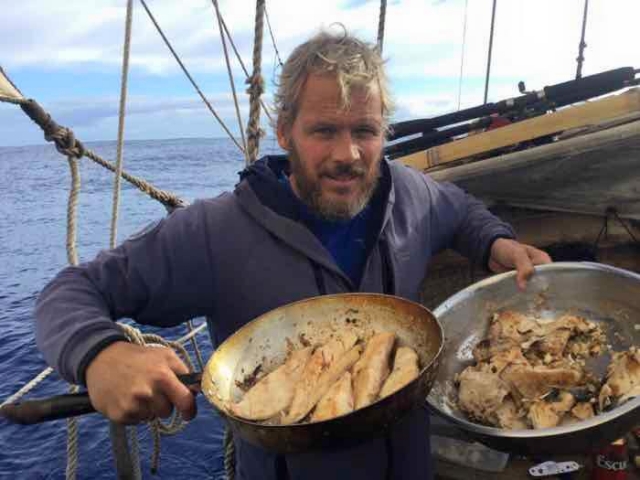
Courtesy Kon-Tiki2 and Torgeir Higraff Facebook @KonTiki2
-
Kon Tiki2

Courtesy Kon-Tiki2 and Torgeir Higraff Facebook @KonTiki2
-
Kon Tiki2

Courtesy Kon-Tiki2 and Torgeir Higraff Facebook @KonTiki2
-
Kon Tiki2
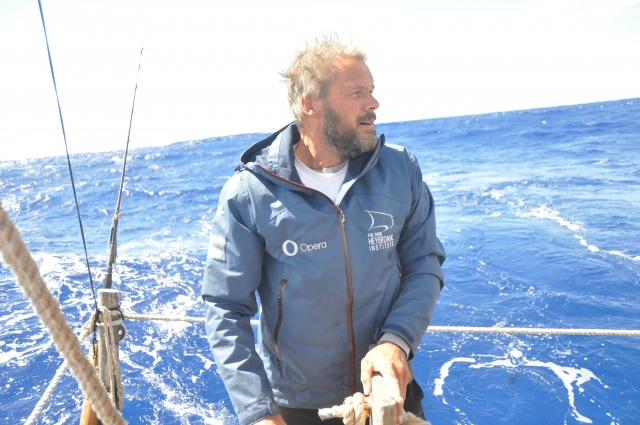
Courtesy Kon-Tiki2 and Torgeir Higraff Facebook @KonTiki2
-
Kon Tiki2
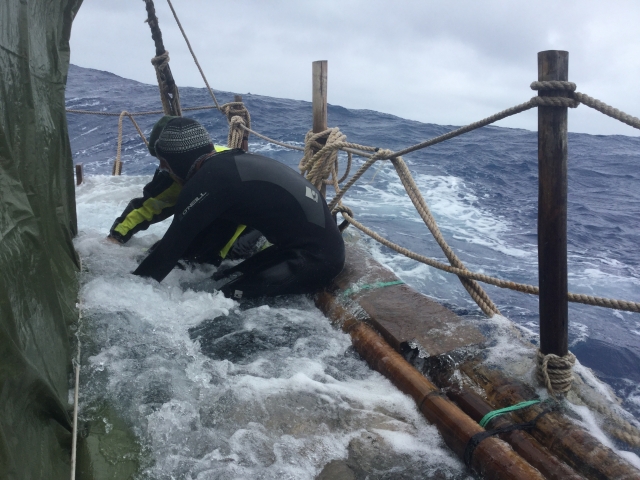
Courtesy Kon-Tiki2 and Torgeir Higraff Facebook @KonTiki2
-
Kon Tiki2
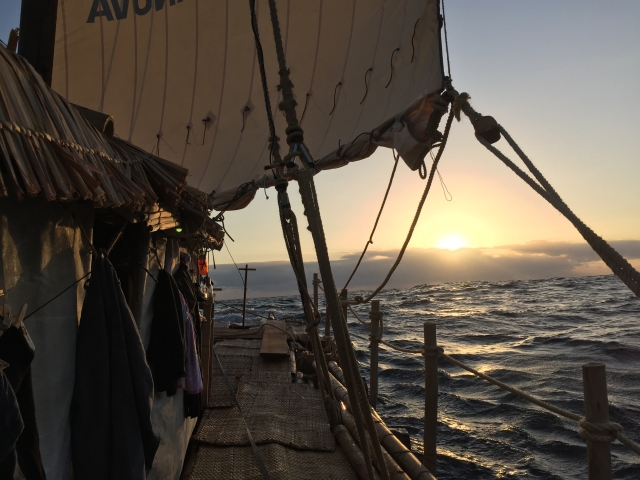
Courtesy Kon-Tiki2 and Torgeir Higraff Facebook @KonTiki2
-
Kon Tiki2
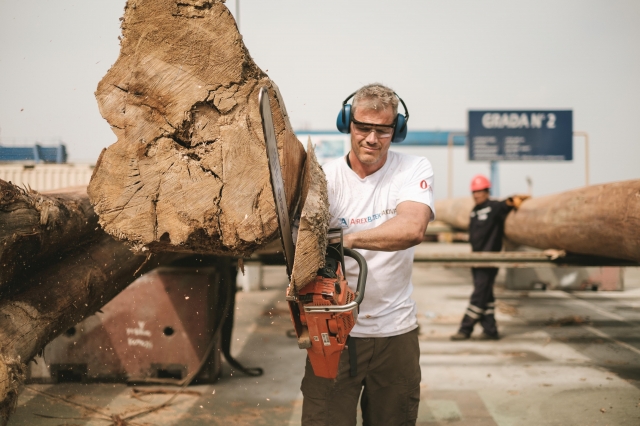
Courtesy Kon-Tiki2 and Torgeir Higraff Facebook @KonTiki2
-
Kon Tiki2

Courtesy Kon-Tiki2 and Torgeir Higraff Facebook @KonTiki2
-
Kon Tiki2
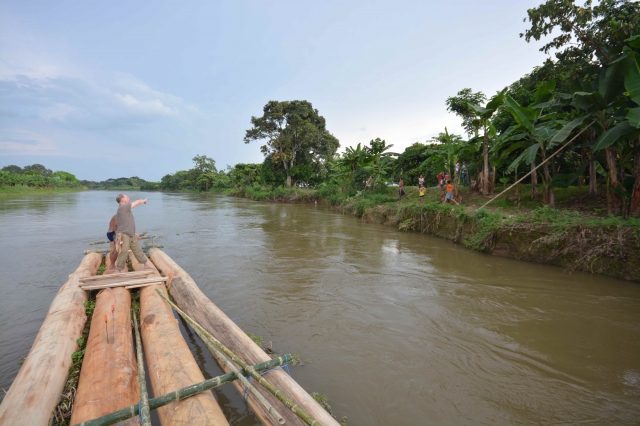
Courtesy Kon-Tiki2 and Torgeir Higraff Facebook @KonTiki2
-
Kon Tiki2

Courtesy Kon-Tiki2 and Torgeir Higraff Facebook @KonTiki2
-
Kon Tiki2
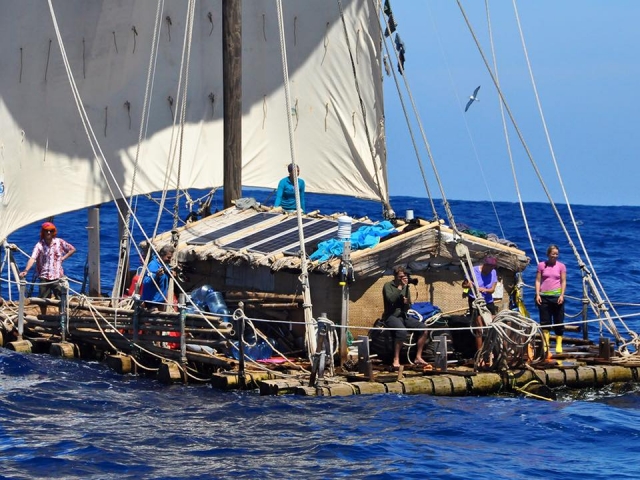
Courtesy Kon-Tiki2 and Torgeir Higraff Facebook @KonTiki2
